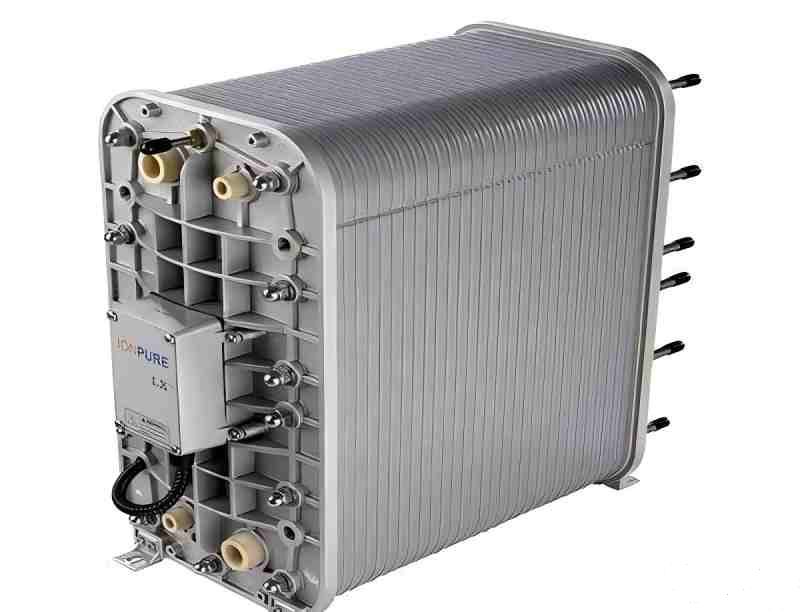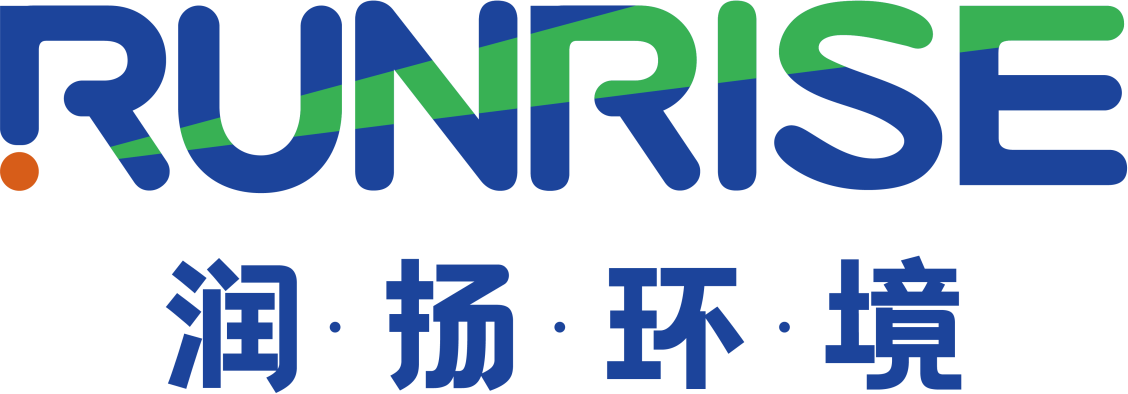Marketing Hotline:
(+86)0532-88988868
(+86)0532-88988868
EDI technology combines two mature water treatment technologies - electrodialysis technology and ion exchange technology, which is called packed bed electrodialysis or electrodeionization technology in China. It mainly replaces the traditional ion exchange mixed bed to produce high-purity water.
It can be expected that this kind of water treatment product will become the mainstream equipment in the preparation of high-purity water in this century. The application of this technology and related technologies will make some fundamental changes in the original water treatment technology, so as to achieve better environmental protection and economic benefits. In the selection of ultrapure water for EDI equipment, the operation of EDI must ensure the following (6 "ensure"):
1. Ensure that the operating current is within the specified range;
2. Ensure that the inlet water quality meets the requirements;
3. Ensure that the inlet pressure is within the specified high limit;
4. Ensure that the inlet water flow, especially the polar water flow, is not lower than the requirements;
5. Ensure that the inlet pressure of fresh water, concentrated water and polar water decreases;
6. Ensure that the recovery rate requirements of the membrane stack are not exceeded;

There are five parameters that affect product performance: influent water quality; Current; Pressure; Flow rate; Differential Pressure:
A. Influent water quality: CO2 will cause poor influent water quality; The removal of hardness is less efficient ,with hardness ecxeeding 1.0PPM leading to fouling , and ecxeeding the maximum permissible recovery rate resulting in fouling and potentially deterioration of permeate quality;
B. Current: Long-term high-current operation will shorten the life of the membrane stack. Reasonable operating current will improve the quality of the produced water, reduce the possibility of fouling in the thick chamber, and prolong the life of the membrane stack. The reasonable operating current is 0.5A polarization current under this condition; Too low a running current will cause the resin of the membrane stack to gradually saturate, the quality of the permeate will deteriorate, and the silent team will be forced to use high current for regeneration.
C. Pressure: The inlet pressure of fresh water is generally 0.5kg~1kg higher than that of concentrated water, and the inlet pressure of fresh water, concentrated water inlet pressure and polar water inlet pressure are reduced in turn, not the other way around; The back pressure of freshwater production pipeline is generally 0.0kg~1kg, and the burst strength of the ion exchange membrane is 0.6MPa, so it is avoided to damage the ion exchange membrane stack due to excessive inlet flow and high pressure. The maximum inlet pressure of fresh water should not exceed 6kg, and the optimal operating pressure is 4-5kg.
D. Differential pressure: The flow and pressure of the concentrated and fresh water should be reasonably adjusted, and the recovery rate of the produced water of the membrane stack should be reduced by appropriately adjusting the pressure difference of the outlet of the concentrated and fresh water, and the reduction of the quality of the produced water caused by the diffusion of the concentration difference should be prevented by pressure infiltration; Fresh water inlet pressure> concentrated water inlet pressure> pole water inlet pressure; 0.5~2.0kg0.5~1.0kg ; The back pressure of freshwater production water is generally 0.05~1.0kg, which can be 0kg; Concentrated water and polar water can not be back pressed.
E. Flow rate: In any case, the flow rate of the polar water shall not be less than 1 LPM, and insufficient cooling water may cause damage to the membrane stack; If the flow rate of the concentrate is too small, it will accelerate the fouling of the thick chamber. Maximize the flow of brine while meeting pressure requirements and permeate quality.


